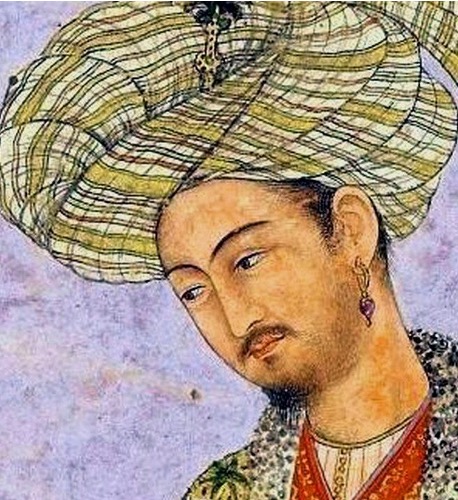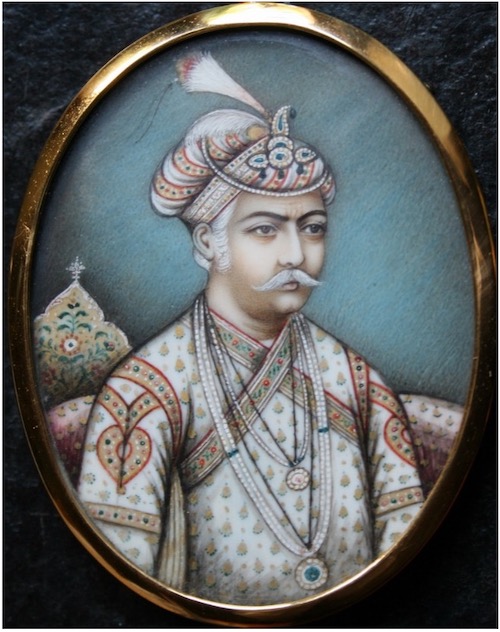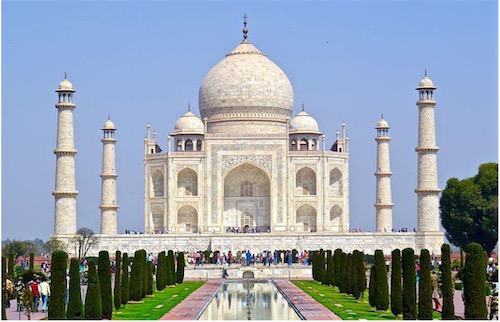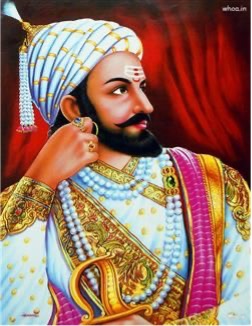
Archives
Contribute
| India Mughal-Maratha Period (1500CE -1800CE) Introduction |
Bijoy Misra
07/13/2022
India Mughal-Maratha Period (1500CE -1800CE) Introduction Bijoy Misra Islam was promoted as a revelation to prophet Mohammed with a religious slogan of separating the humanity into two camps – believers and non-believers. The creed was that the believers can receive the Allah’s mercy and the nonbelievers must perish through starvation or annihilation. Strange as though it my sound, it justified massive killings in the name of religious purification. Islam traveled through sword. India had developed a utopian sheltering attitude to humanity. India was not organized as a unit to protect the land. Various areas had their small army which was no match against the Islamic terror. Starting as early as 1000CE, platoons of Turkish marauders entered India through the northwest mountains to plunder and loot. Temple demolition was considered Islamic religious sanctity, temple loot was a religious service as a punishment to non-believers. India’s ignorance of these new methods and her internal disorganization hurt her. After periodic intrusions by different groups, a Moghul chieftain Babur successfully established an Empire in 1526CE. With the conditioned Islamic faith, they reasoned that occupying a land was a religious reward. They proceeded to establish the Islamic faith in the new land through conversion, coercion and oppression. Figure 1. Babur, Founder of Moghul Empire, ruled 1526-1530 CE. The flagrant execution of blind fanatism was tampered by Babur’s grandson Akbar. He tried to integrate the Indian subcontinent as a total administrative unit and made efforts to establish peace and harmony through hybridization in social order, customs, food, music and art. The hybrid culture took root in north India. The traditional India was branded as “Hindu†representing the indigenous faith and culture. Figure 2. Akbar, a benevolent Moghul Emperor, ruled 1556-1605 Early Islamic invaders had created their victory towers using sections of demolished temples. Building new structures like tombs or mosques in place of demolished temples was considered a symbol of Islamic purification. Moghul rulers hired indigenous artisans to construct massive structures with domes that represented the Mughal architecture. The established temple complexes in the south and in Odisha escaped the Moghul demolition squad. Figure 3. The Taj Mahal at Agra, considered among the seven wonders of the world, constructed during the reign of Shah Jahan, who ruled 1628 – 1658CE. Hybrid art of life-like designs, illustrated books and record of events was called Moghul art. The indigenous art continued to thrive in the villages. The economy was good. More land was brought under cultivation. A national land survey was undertaken. The Moghul administration protected the trade route and encouraged factory production. The new trade brought in European links through business and shipping. India earned the distinction as the richest nation on earth with the highest GDP by about 1700CE. Though the Moghul rule was oppressive, many areas flourished with their local culture, literature and art. Literature in the regional languages reached its peak. A Maratha chieftain Shivaji rose up to organize a rebellion in late seventeenth century. Marathas were good horsemen and maintained a navy. They occupied half the land and ruled the western coast. They protected the Hindu shrines but were poor administrators. They dwindled through their own plunder and terror. Figure 4. Shivaji, the Maratha chieftain who challenged the Moghul rule. He built Maratha Empire and ruled 1674 – 1680CE. As the Moghuls declined, the Europeans took a foot-hold. The English, the French, the Portuguese and the Dutch clamored in India for business and occupation. The English won a war in 1757 CE and captured Bengal. The rest of India was gradually occupied through force, manipulation and deceit. India was a British colony by 1800CE. References: 1. Our Oriental Heritage: The Story of Civilization, Volume 1, Will Durrant, 1935. 2. History and Culture of Indian People, Vol 6, Ed R.C.Majumdar, Bharatiya Vidya Bhavan, 1960. --------------------------------------------------------------------------------------------------------------------------------------------- Dr. Bijoy Misra serves as the President of India Discovery Center and compiles the project on "Evolution of Indian Culture: Pre-history to 1947AD" The previous essays and updates on the project are available at https://www.facebook.com/Evolution-of-Indian-Culture-An-IDC-Project-107749391111922 More information on India Discovery Center is available at https://www.indiadiscoverycenter.org (c) Copyright 2022 India Discovery Center, Inc. All rights reserved.



You may also access this article through our web-site http://www.lokvani.com/





